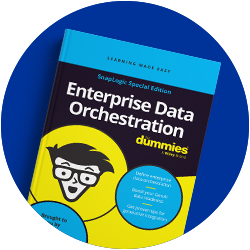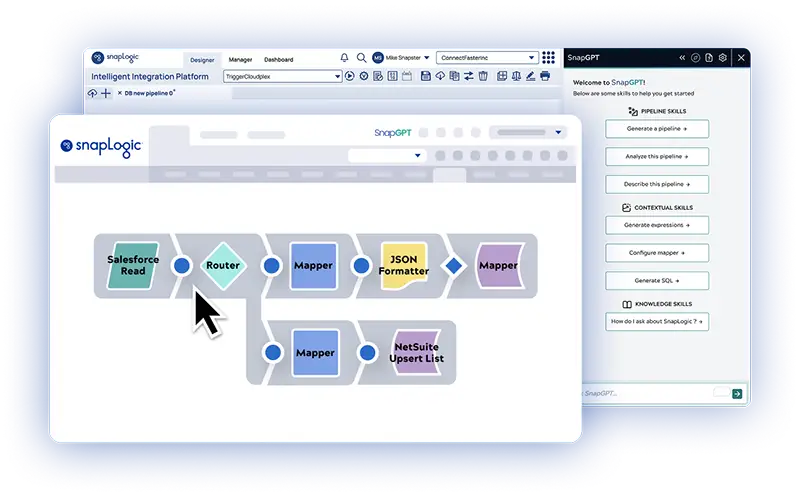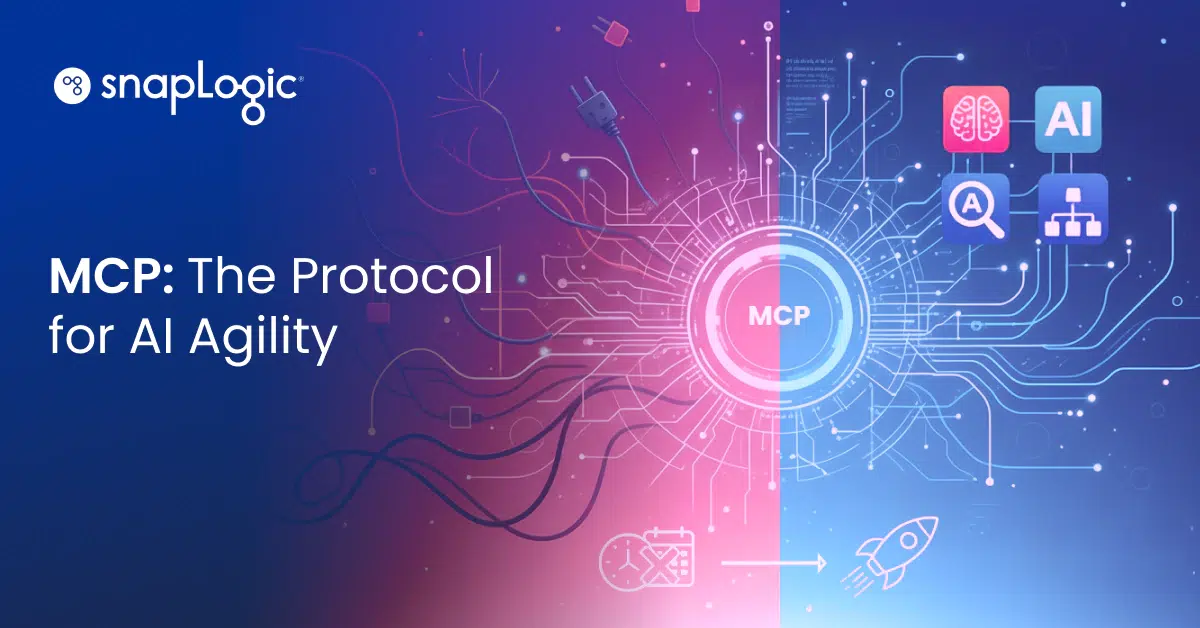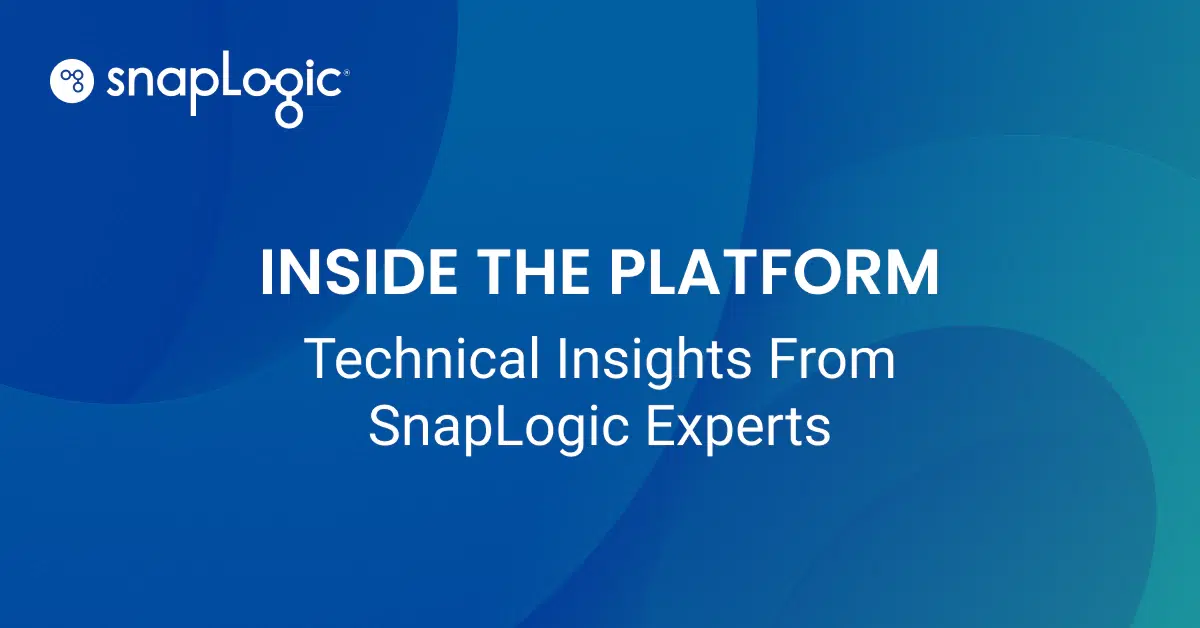In industry after industry, discussions are currently underway about how to leverage blockchain technology to create a secure decentralized platform in which data from multiple parties across an industry’s value chain is gathered, registered, and stored for processing and other transactional purposes.
While many companies are examining the use of blockchain technology on an individual basis, a growing number are pursuing their goals as part of an industry consortium, grouping together to set standards enabling the development of new business infrastructures, according to Deloitte, which has tallied 40 industry consortia building blockchains.
Among the many industries looking to acquire process efficiencies through blockchain technology are manufacturing, healthcare, banking, education, real estate, and insurance. “Although a distributed ledger can have an immediate positive impact between two businesses, it derives more utility from network effects,” Deloitte explained. “The greater the number of blockchain users, the more valuable the platform is to each of them.”
Explaining the blockchain ecosystem
Blockchain is the distributed ledger technology underpinning Bitcoin and other crypto or cryptocurrencies. Think of the blockchain as a database that is shared across a network of computers. Records containing information are added to this database, bundled together into what are called blocks. These blocks are then linked together in a chain – hence blockchain.
As records are introduced to the blockchain, the network checks and authenticates their validity. Businesses wanting to access this data pay for that opportunity with tokens, a form of crypto-currency. The tokens also can be used to verify the accuracy of data of interest, authenticating all the historical inputs, entities, systems, and processes that influence data (what is referred to as data provenance).
Consequently, not only is data in a blockchain platform virtually impossible to change, there are ways to verify this possibility just in case. In the context of an industry’s use, the technology creates a reliable, trusted ecosystem in which business can occur automatically, without manual intervention, across a company, the third parties that serve or partner with the company, and its customers.
In today’s current business process environment, a manufacturer that needs greater product volume from a supplier emails an RFP (request for proposal) to the supplier, which then responds in kind. Multiply this transaction by dozens of others on a daily basis that involve other suppliers. Now add in similar email exchanges with vendors, consulting partners, outsourcing providers, and other third parties. And tack on back-and-forth iterations with customers. Slow and clunky, but this is the way the manufacturing industry has operated for decades.
The alternative is to process these transactions in the blockchain through what are called “smart contracts”– a computer protocol that digitally facilitates the performance of a prearranged contract between two or more parties – without these parties’ physical involvement. The technology is seen as the optimally efficient, cost-effective and most secure way for all the myriad third parties involved in an industry’s value chain to collect, process, share, and analyze data.
Easing the insurance process
Another reason for the growing interest in industry blockchain platforms is the Internet of Things (IoT). By 2020, more than 34 billion devices will be connected to the internet, up from 10 billion in 2015, according to studies. Millions of internet-enabled sensors attached to factory equipment, aircraft, and cars, as well as in weather reporting stations, farmland, and homes, will generate billions of real-time data. This information can automatically flow to an industry’s blockchain platform to enhance B2B and B2C transaction processing efficiency.
A case in point is the insurance industry. The industry’s process inefficiencies have long been the bane of businesses and consumers that buy property and casualty insurance and file claims for losses. Inordinate time and effort are required to attend to these tasks. To simplify the B2B processes involved in underwriting and claims processing, four separate insurance industry consortia have been formed to develop blockchain platforms.
One of these consortia is The RiskBlock Alliance, launched by The Institutes, a century-old educational organization for insurance professionals. Twenty-seven insurers, brokers, reinsurers, and third-party entities have signed up as Alliance members. The goal is to create an ecosystem where the tedious, mundane transactional work of insurance automatically occurs on the blockchain.
By sharing policyholder, claims, and other data on the blockchain platform (dubbed Canopy), insurance brokers and carriers that routinely transact with each other manually can reduce their operating costs, passing on their savings to buyers in the form of lower premiums.
Another goal is to reduce insured losses by collecting data in the platform from the billions of Internet-enabled sensors attached to factory equipment, cars, thermostats, water heaters, and so on. As data from the sensors flows into the platform, relevant insurers are instantly apprised of a potential loss in the making to take actions reducing the damage.
An example is a possible flood in an unoccupied factory. Let’s assume a third-party utility has enacted a smart contract with the insurer of the factory to automatically turn off the water to the building when the moisture content of the sensor exceeds a pre-specified level. What could have been substantial damage to the structure is vastly reduced, as is the potential insured loss for the insurer and its reinsurers.
Additional smart contracts can be arranged with other third parties that routinely engage in B2B insurance-related transactions, such as tow truck operators and auto repair shops in a private passenger automobile or commercial trucking insurance context. Once notice of an accident claim is fed to the blockchain, smart contracts with these entities are triggered to ease the claims resolution process.
Yet another benefit of the platform is the ability for members to share anonymized data on policyholders and claims, albeit on a permission basis. Each member must request to view specific data belonging to another member, which can allow or disallow the opportunity. Assuming permission is granted, insurers can create risk-based predictive data models to craft new insurance products and more specific coverages. For example, a model may indicate a specific window of time in which a certain type of loss is most likely to occur. A higher-priced insurance policy covering just this timeframe can be developed, with lower-priced insurance policies absorbing risks during the remainder of the day.
Knocking down blockchain barriers with integration
Blockchain platforms obviously portend a sea change in how business will be conducted in future. But there is also a need for another type of technology to achieve the goals of fast, reliable, accurate, and trusted data exchange – data integration software.
If you think about the world of data at its simplest, it involved data extraction, followed by data transformation, followed by data visualization. This flow, however, is interrupted and slowed down by the aforementioned data provenance – all those access checks and authorizations that create virtual barriers. That’s where SnapLogic can help.
We’ve created a robust system that can instantly extract and integrate data on a blockchain platform, without the manually intensive work inherent in other data integration solutions. Our tools automatically link the endpoints of innumerable data warehouses, systems, applications, and big data streams to ensure a rapid, near-real-time, uninterrupted flow of data. Virtual barriers disappear.
As industries move toward consortia-driven blockchains and even individual platforms, speed and security of information are essential. We can help ensure both are in place to ease the way toward tomorrow’s automatic business process environment.










